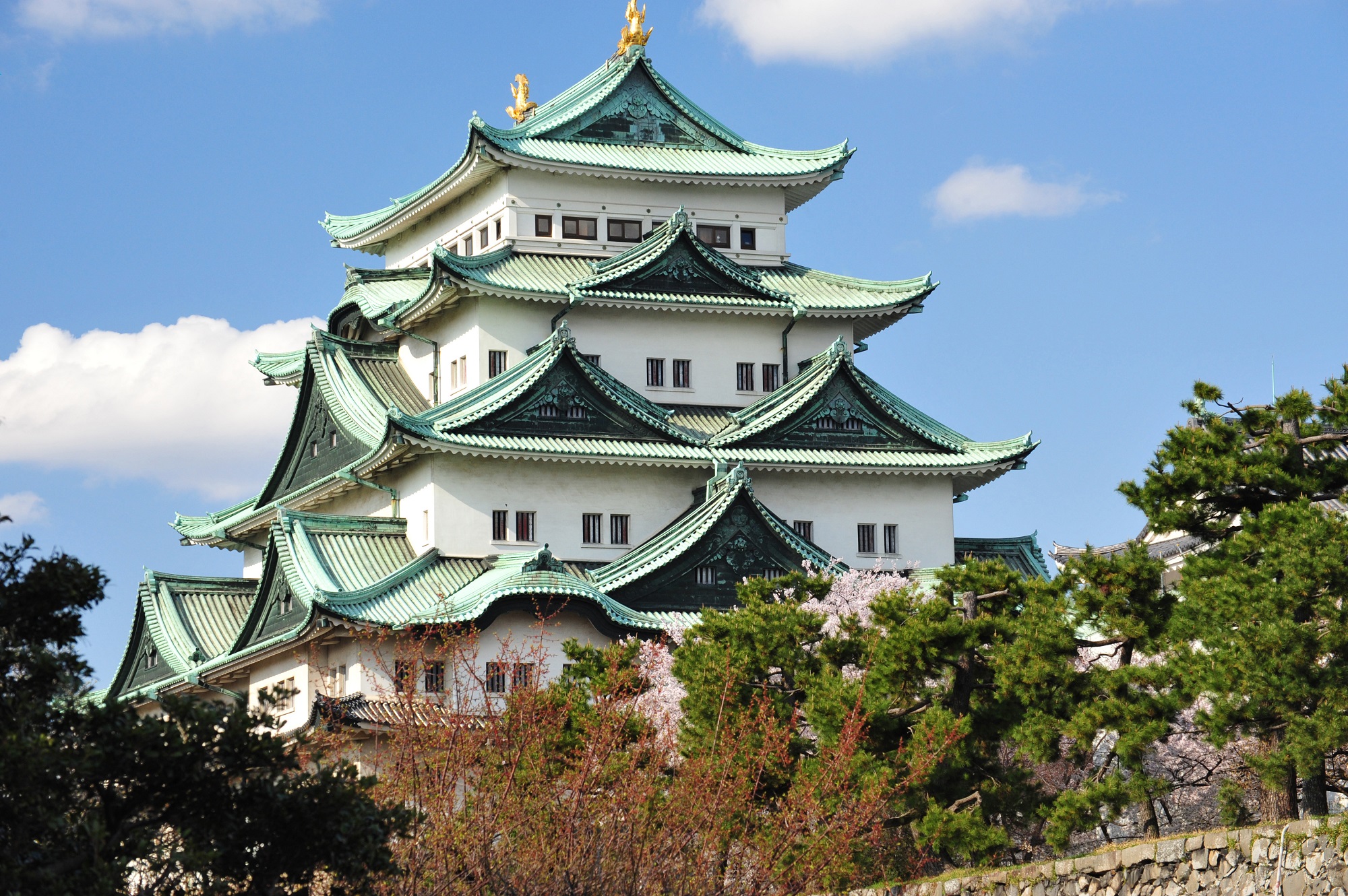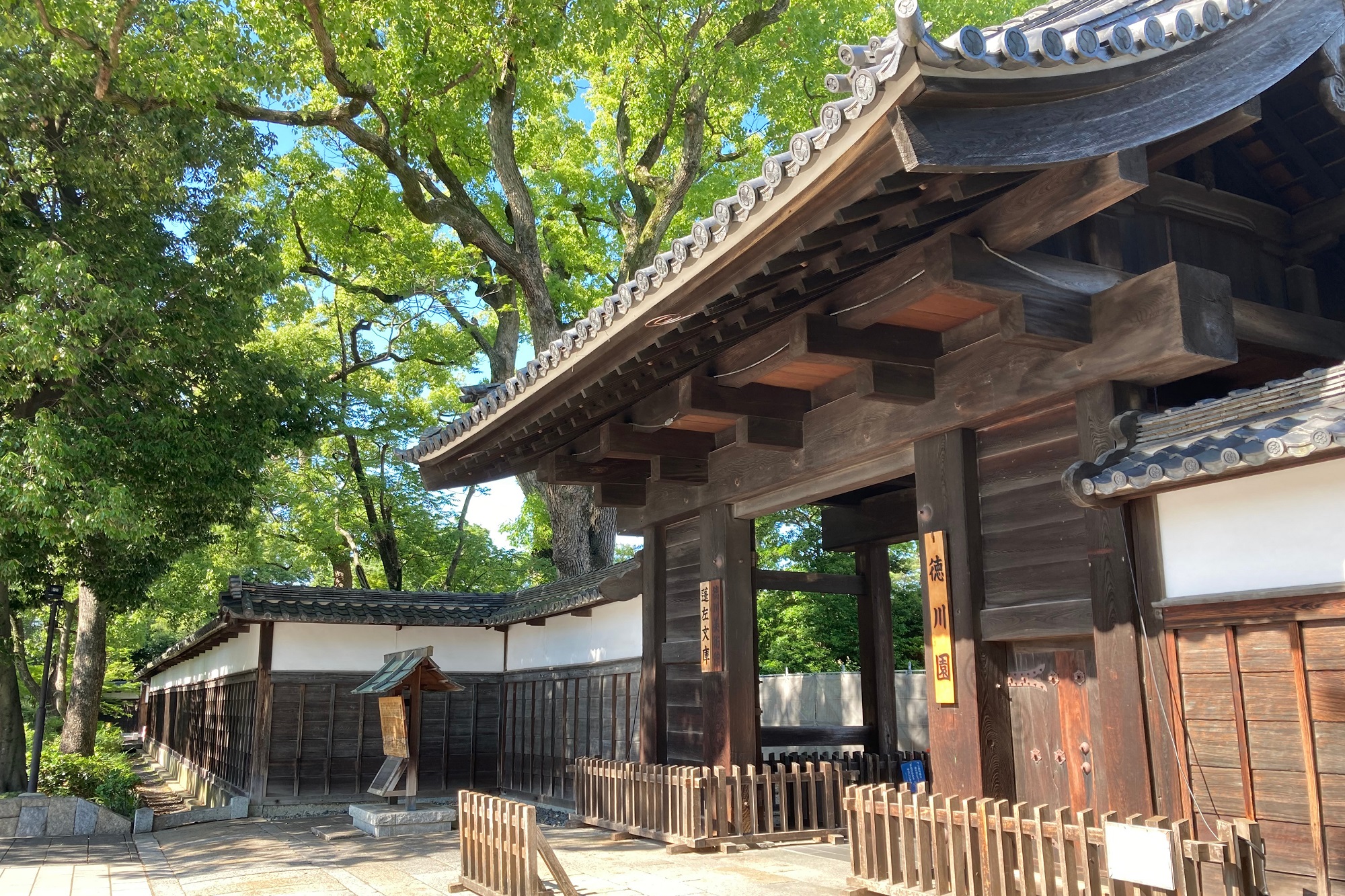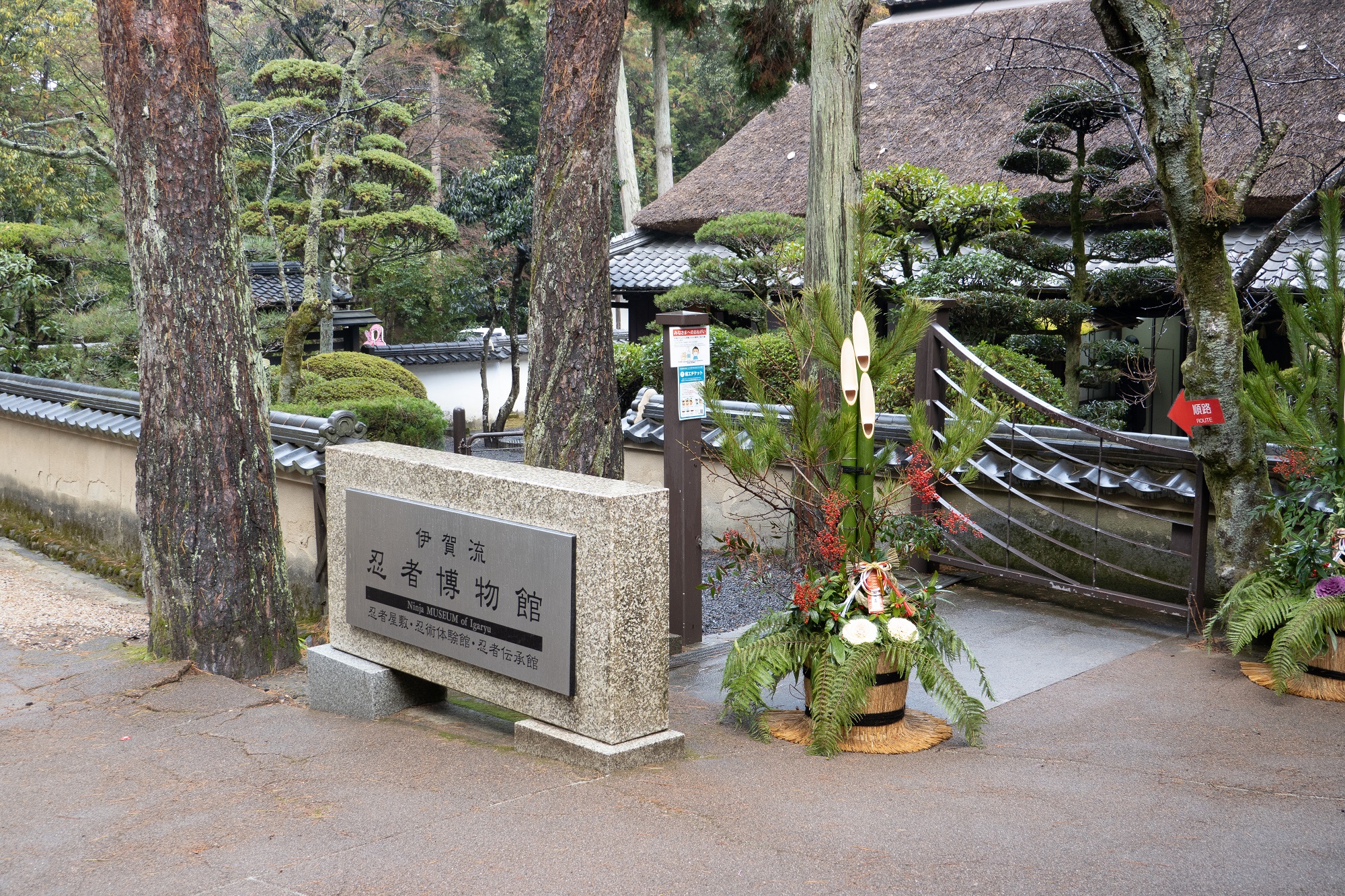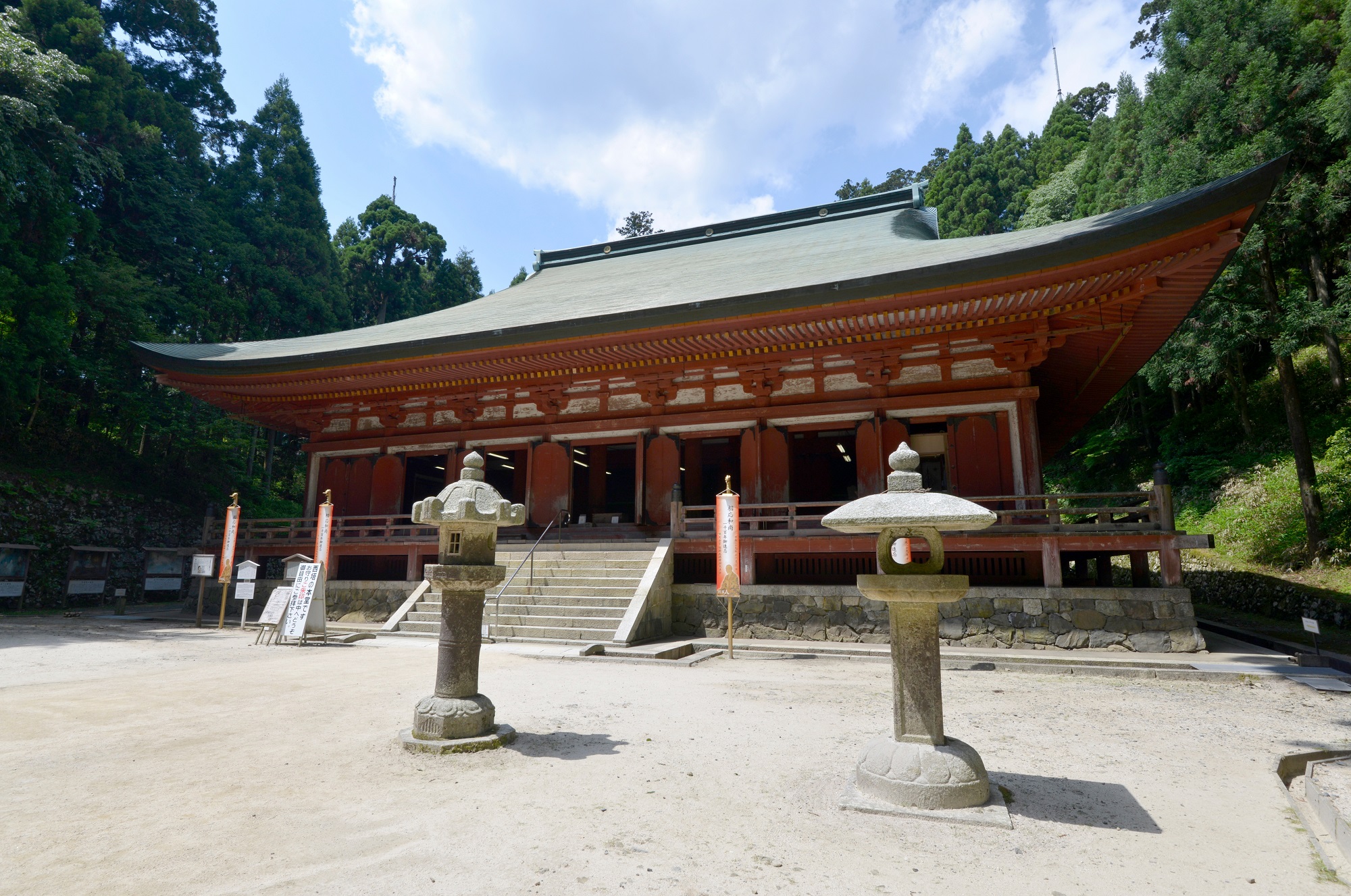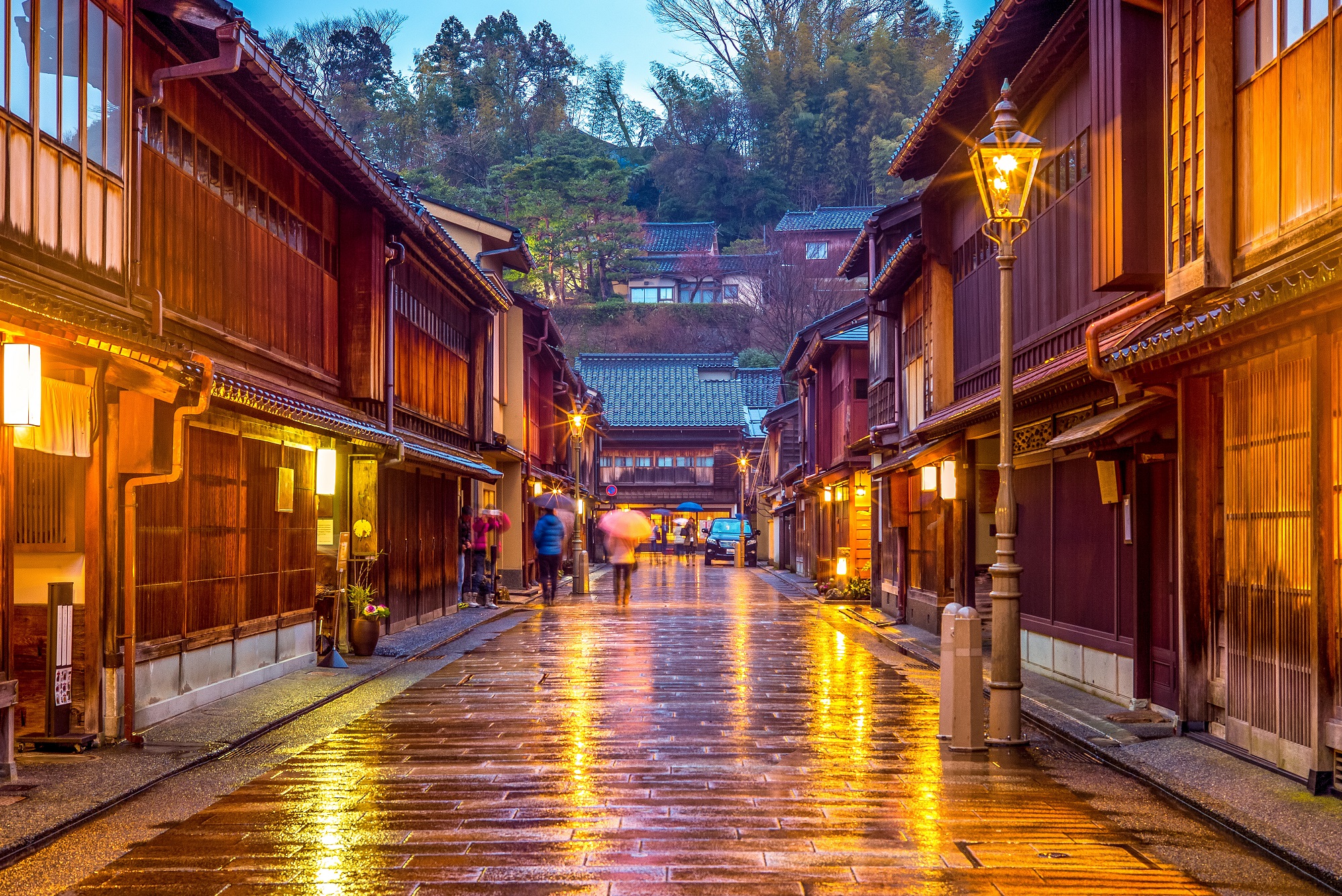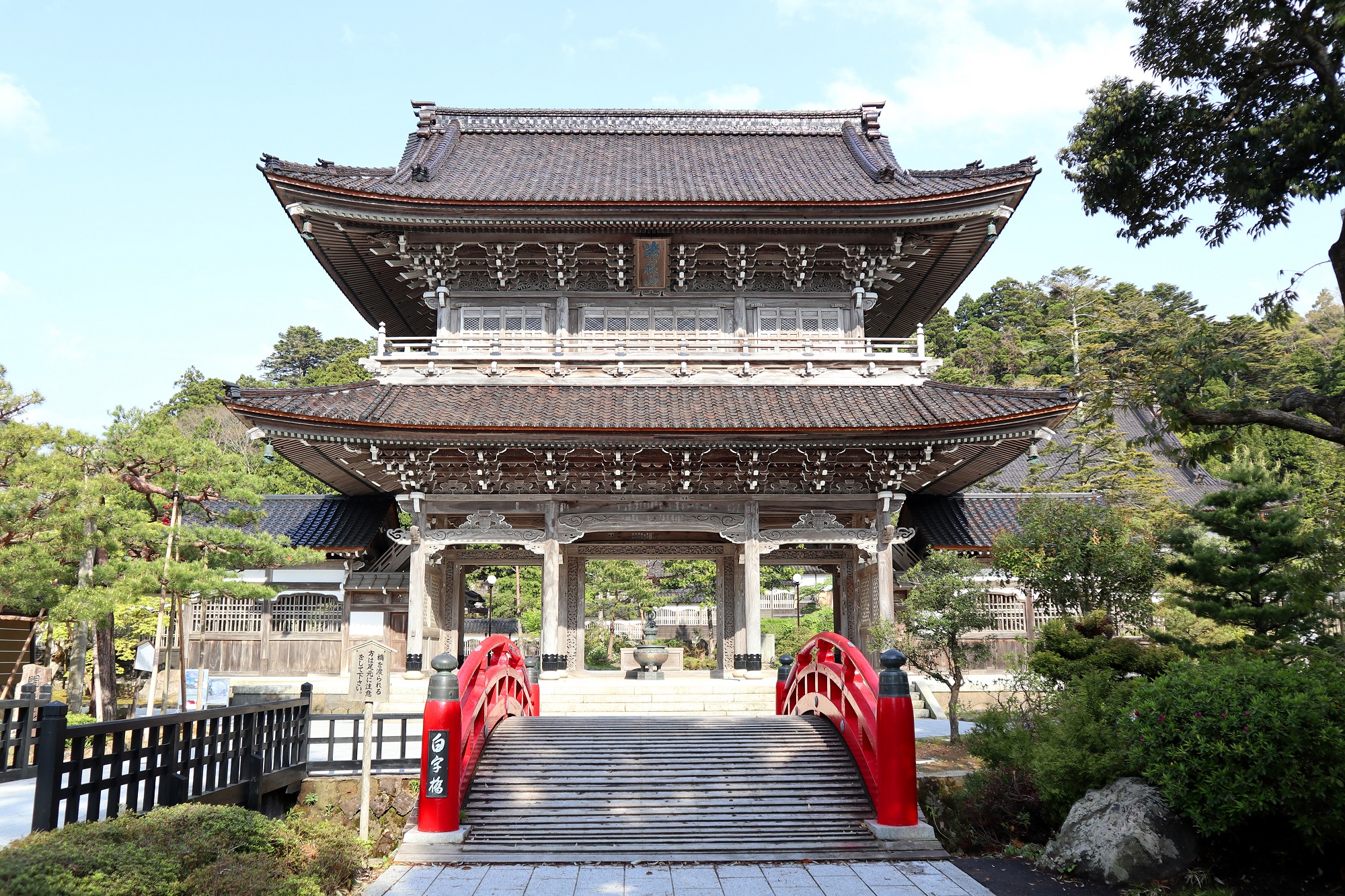Arts & Crafts/伝統工芸
Japanese Arts and Crafts
There are many appealing handiworks throughout Japan that are rooted in Japanese culture and lifestyle, including traditions and techniques passed down through the generations. Some of them are government-certified Traditional Crafts and all are historically valuable.
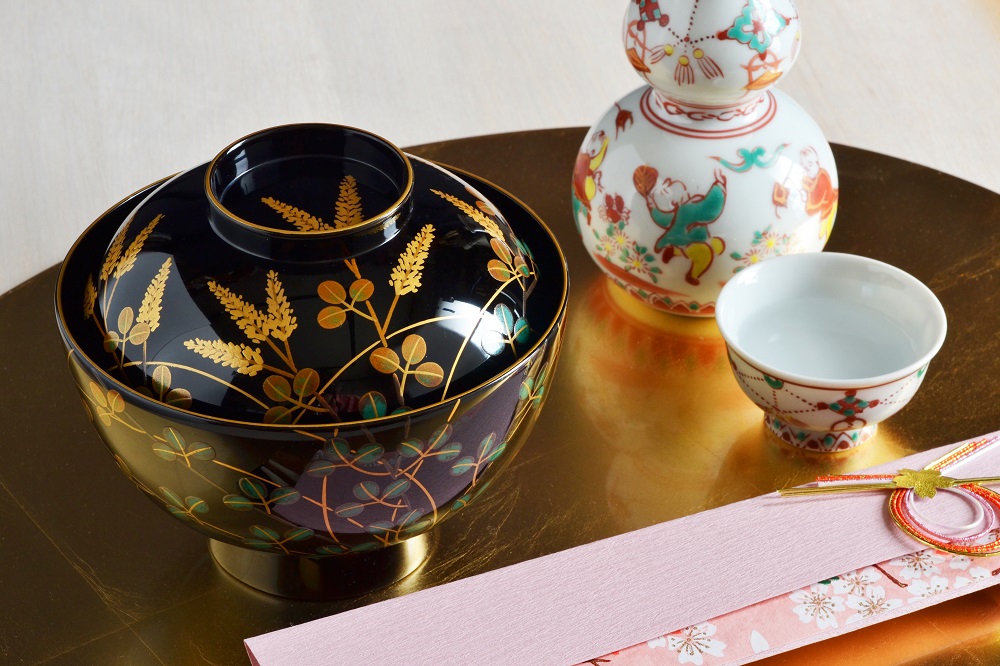
There are various types of Traditional Crafts such as fabrics, dyed goods, textile products, ceramics, lacquerware, wood and bamboo creations, metal works, Buddhist altars and tools, Japanese paper, stationery, stone works, precious stonework, figurines and wooden kokeshi dolls.
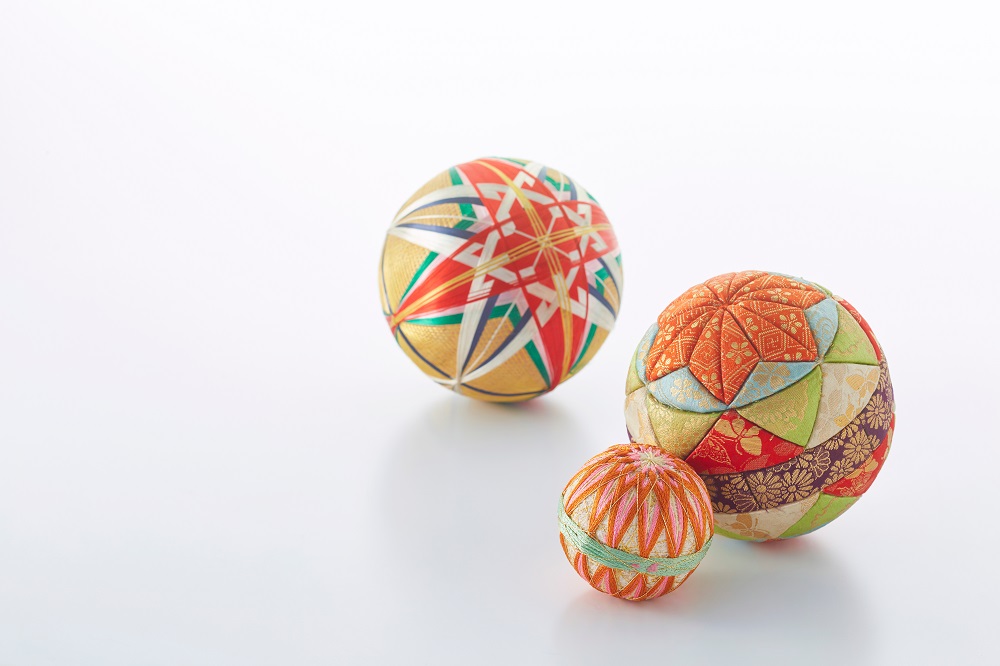
Major Arts and Crafts in the Chubu Region
Aichi
Aichi Prefecture, which has prospered as a transportation hub since ancient times, is also known as a flourishing area for craftsmanship. Among the 18 items contributing to this include Bishu woven textiles from Ichinomiya City, which once produced distinctive hemp, silk, and cotton textiles and later developed into both Japan's largest and one of the world's leading wool textile production centers. There is also the beautiful pottery with colorful pictures and glazed lines of Seto Ware out of Seto City, from which the generic term "Setomono" for ceramics was derived. Also of note is Tokoname ware of Tokoname City, whose unique red-color pottery is produced by the iron content in the ceramic clay. (Current as of 2022)

Shizuoka
Shizuoka Prefecture, blessed with abundant nature and an agreeable climate, has been a thriving locale since ancient times. Shizuoka’s traditional crafts received a huge boost in 1634, when the third Tokugawa Shogun, Iemitsu, built a temple in Sunpu (present-day Shizuoka City), attracting craftsmen from all over the country who refined their skills and passed them on to the local artisans. Three items have been certified as Traditional Crafts: The beautiful and delicately curved latticework of Suruga Bamboo Sensuji-zaiku of Shizuoka Prefecture; Suruga Hina Dolls, able to be mass-produced because the dolls have separate upper and lower costumes; and Suruga Hina accessories, which were already being produced in the 16th century. Both are out of Shizuoka City. (Current as of 2022)
Nagano
Nagano Prefecture is blessed with high-quality forest resources and crafts that make good use of the region’s abundant materials and the area has long flourished with the gate town of Zenkoji Temple and the castle town of Matsumoto Castle. Many items have been certified as traditional crafts, including Kiso (shikki) lacquerware, which is made in the area around Narakawa Village in the former Kiso County (now Shiojiri City) and uses high-quality local Kiso cypress and lacquer. Shinshu pongee, from Matsumoto City, Ueda City, Iida City and others, is a beautiful silk fabric, soft and delicate due to plant dyeing and hand-weaving techniques. There is also Matsumoto Furniture of Matsumoto City, made from the late 16th century for use around the castle town of Matsumoto Castle, then distributed nationwide. These are but a few of the seven items that have been certified as Traditional Crafts. (As of 2022)
Gifu
Gifu Prefecture is an inland prefecture surrounded by seven others, with mountains over 3,000 meters high in the north and the Nobi Plain in the south, and the culture has been inevitably influenced by the complex topography and climate. Six items have been certified as Traditional Crafts, including Mino Ware ceramics out of Toki City, Tajimi City, Mizunami City, Kani City and more, which dates back to the 10th century and has produced a wide variety of techniques. Hida Shunkei lacquerware from Takayama City and Hida City makes use of the beauty of natural wood grain. Gifu Wagasa, or Japanese umbrellas, from Gifu City, created from Mino washi paper and high-quality locally-sourced bamboo, are used for various purposes from daily use to ceremonial occasions. (Current as of 2022)
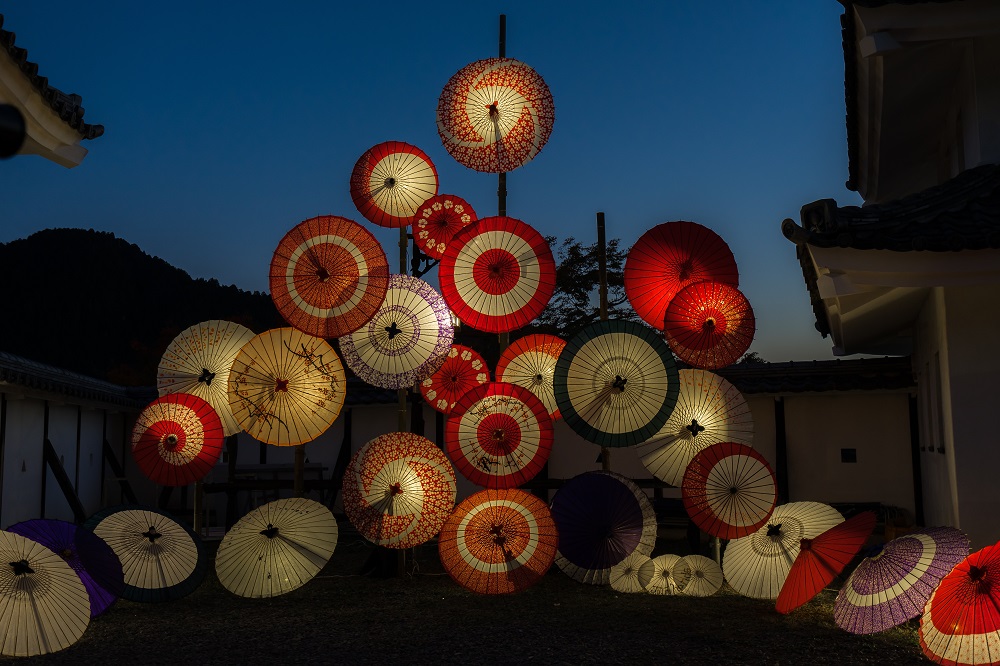
Mie
Mie Prefecture, called umashikuni, meaning "beautiful country," is blessed with a rich historical heritage, including Ise Jingu Shrine, the soul of Japan, and the Kumano Ancient Trail, set in the abundant natural beauty of the sea and mountains. Five Mie items are certified as Traditional Crafts, beginning with Iga Kumihimo from Iga City and Nabari City, delicate and beautiful hand-made braids of fine silk, gold and silver threads. Yokkaichi banko yaki out of Yokkaichi City and elsewhere, is famous for its excellent heat-resistant earthenware pots and teapots. Ise-Katagami of Suzuka City is a tool used for over 1,000 years to bring out designs when dyeing kimono patterns. (Current as of 2022)
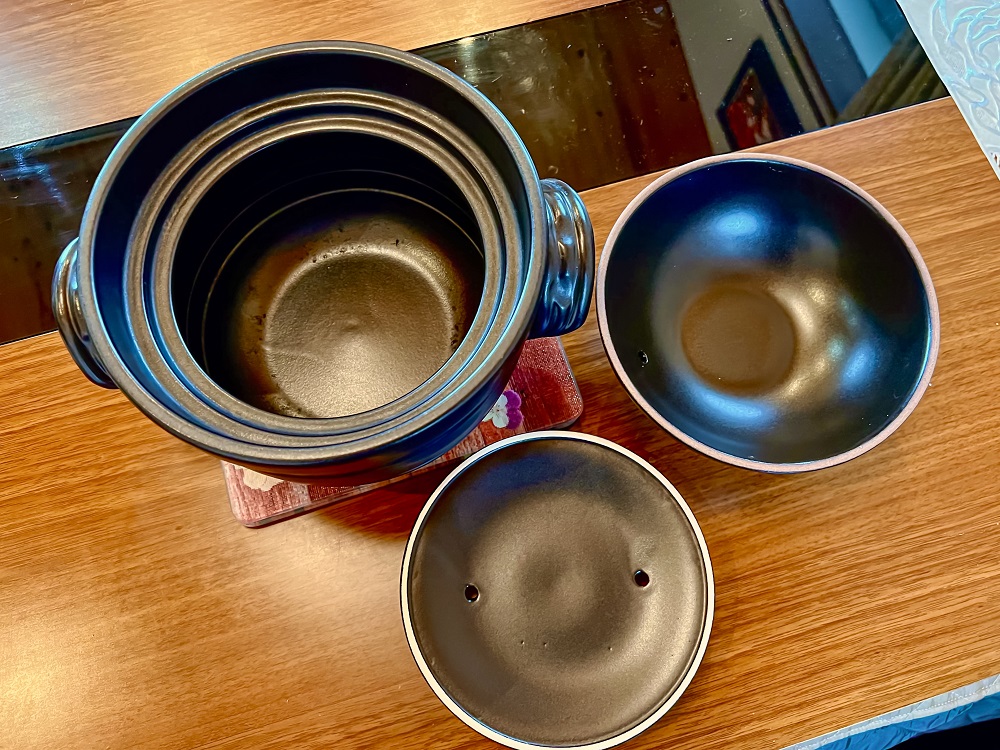
Shiga
Shiga, a thriving prefecture around Lake Biwa, is home to many historical sites such as Enryakuji Temple on Mount Hieizan and Hikone Castle. The three items certified as Traditional Crafts include Omi Jofu out of Higashiomi City and other places, a top-quality hemp fabric produced in the Koto region of Shiga Prefecture. Shigaraki Ware from Koka City has a long history as one of the six oldest kilns in Japan and is famous for raccoon dog figurines. Hikone Buddhist altars from Hikone City are a gorgeous product that uses maki-e (a lacquer decoration technique) and gold leaf, developed from when Buddhism began flourishing in the area in ancient times. (Current as of 2022).

Fukui
Located near Kyoto, Fukui Prefecture has flourished as a key transportation hub, with trade with China and the Korean Peninsula prospering since long ago. The seven items certified as Traditional Crafts include Echizen (shikki) Lacquerware comes from Sabae City, a traditional artisan town boasting a 1,500-year history, widely known for its craftsmanship and also for its beautiful kitchen knives, which are now popular even overseas. There is also Echizen Uchihamono, forged knives from Echizen City, popular in many countries, and Wakasa agate craft (meno zaiku) out of Obama City and others, which is characterized by its vivid red color and said to be the root of Japanese precious stonework. (As of 2022)
Ishikawa
The Noto Peninsula in the northern part of Ishikawa Prefecture juts out into the Sea of Japan, and trade has been prosperous there since ancient times. During the Edo Period, the Maeda Clan`s vast domain was known as Kaga Hyakumangoku, denoting great wealth, and a luxurious and glittering culture flourished. The ten certified as Traditional Crafts include Kaga Yuzen dyeing in Kanazawa City, with its beautiful painting-style designs depicting realistic floral patterns based on the five colors of yuzen (rouge, indigo, ochre, grass green, and ancient purple). Kutani ware, Japanese porcelain from Kaga City, Komatsu City, Nomi City, and Kanazawa City, is characterized by its colorful and elegant patterns and a technique called kami-e-tsuke (overglaze decoration). Not to be missed is Wajima nuri lacquerware out of Wajima City), made with a solid base of high-quality ground dust from Wajima and decorated with gorgeous chinkin, gold-inlaid lacquerware, and maki-e, gold or silver lacquer. (As of 2022)

Toyama
Toyama Prefecture is one of the world's heaviest snowfall areas, with a unique topography of 3,000-meter mountains, the northern part facing the Sea of Japan, and a plain in the center of the prefecture. Six items have been certified as Traditional Crafts, including Takaoka Bronze Works in Takaoka City, where various copper products ranging from indoor ornaments to Buddhist statues and bronze statues were made and exhibited at the International Exposition held in Paris in 1867 thus becoming known worldwide. Inami Sculptures out of Nanto City are delicate three-dimensional sculptures that were originally mainly used for carvings in temples and shrines and have cultivated advanced techniques. Shokawa Hikimono Kiji from Takaoka City, Tonami City, and others, is where wood is shaved with a rotating machine similar to a potter’s wheel so that the beauty of the grain of Japanese zelkova and horse chestnut trees is revealed. (Current as of 2022)
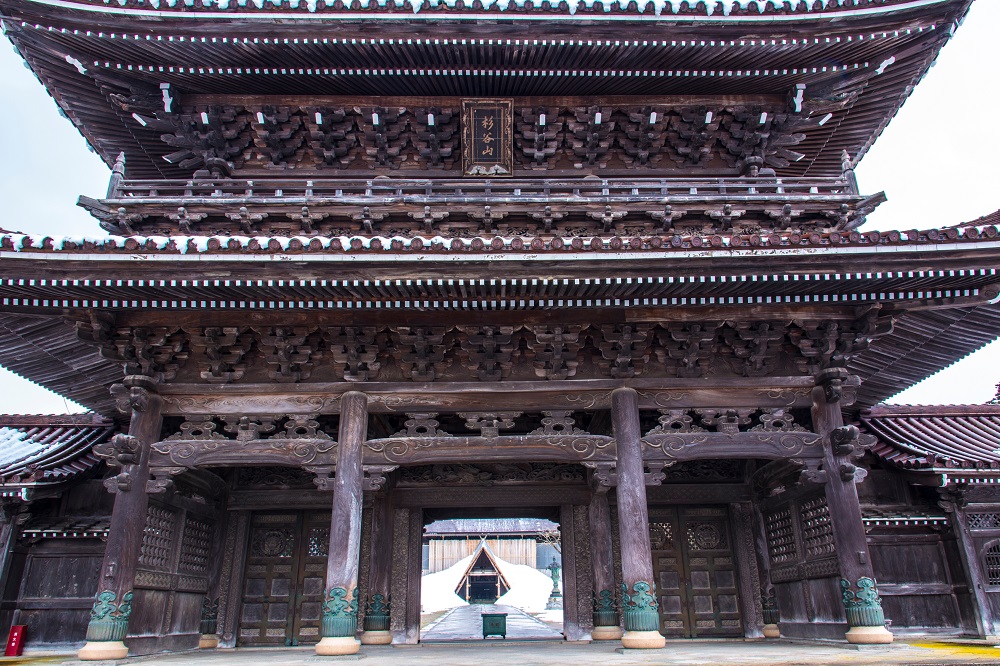
Destinations
Nagoya Castle/名古屋城(Aichi)
The icon of Nagoya is without a doubt Nagoya Castle (Nagoya-jo), which was built by Tokugawa Ieyasu after the Battle of Sekigahara in the year 1600. This castle, intended as the residence of the Owari....
Tokugawa Art Museum/徳川美術館(Aichi)
The Tokugawa Art Museum houses many masterpieces of the Owari Tokugawa family, including the belongings of Tokugawa Ieyasu, the founder of the Edo shogunate. The museum houses many national treasures ....
Iga-ryu Ninja Museum/伊賀流忍者博物館(Mie)
Located in Ueno Park (Iga Ueno Castle) in Iga City, Mie Prefecture, the Ninja Museum of Igaryu offers visitors a chance to learn about the ninja and ninjutsu of the Iga school. The Iga Ninja specializ....
Enryakuji Temple/比叡山延暦寺(Shiga)
Hieizan Enryakuji is the head temple of the Tendai sect of Buddhism in Japan, and its vast temple area stretches out across Mt. Hiei. The temple is said to have been founded in 785, at the end of the ....
Higashi Chaya District/ひがし茶屋街(Ishikawa)
Higashi Chaya District is located about 10 minutes by bus from JR Kanazawa Station. It is the largest of the three teahouse districts (Higashi Chaya, Kazue-machi Chaya, and Nishi Chaya) that still rem....
Wajima/輪島(Ishikawa)
Located in the northwest of Noto Peninsula, Wajima City in Ishikawa Prefecture has a population of about 30,000 and is blessed with abundant nature and the sea. Wajima is most famous for its Shiroyone....

